The True History of the Christmas Truce During World War I
The Christmas Truce was a series of unofficial armistices on the Western Front of World War I on Christmas Even in 1914.
The armistice took place five months after hostilities began. In the week before 25 December, French, German and British soldiers crossed the trenches to exchange seasonal greetings and to talk. In some areas, men from both sides entered so-called No Man’s Land on Christmas Eve and Christmas Day to exchange food and souvenirs. There were joint funeral ceremonies for recently killed soldiers and prisoner exchanges, and several meetings ended with the singing of Christmas carols. The men played football games with each other, creating one of the most memorable moments of the Armistice.
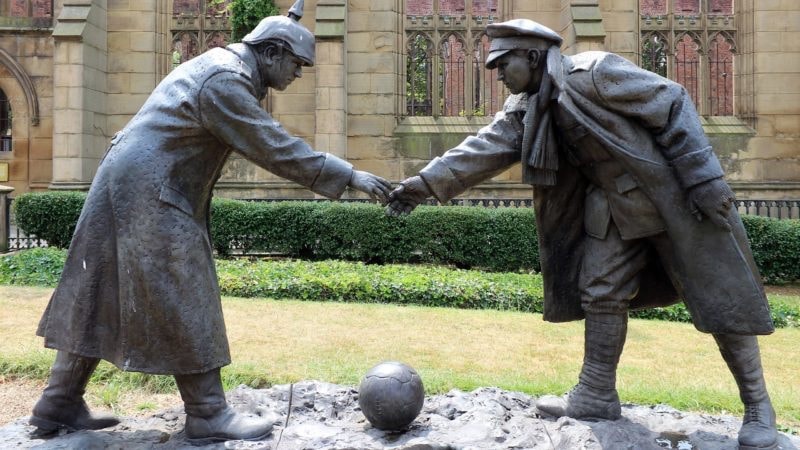
On that Christmas Eve, German officer Walter Kirchhoff, a tenor at the Berlin Opera, began singing, “Stille Nacht, heilige Nacht…” He sang it first in German and then in English, “Silent night, holy night…” His voice carried in the air over the stillness of the battlefield.
Stanley Weintraub, author of Silent Night: The Story of the Christmas Truce in World War I, says that after this performance, “…the firing had stopped, and the British, who also knew the song, sang it back.”
In that moment, the collective Christian faith of men singing in different tongues on frozen mud crystallized. Soldiers with guns pointed at each other, who had tried to kill each other the day before, joined in singing the same song of praise to God – a hymn.
Private Albert Morin of the Second Queen’s Regiment remembers that Christmas Eve as “a beautiful moonlit night, frost on the ground, white almost everywhere.” Historians still argue about exactly what happened next, but some details are indisputable. First, Stille Nacht and Silent Night echoed over Christmas trees and candles flickering in the darkness, and then someone started singing another Christmas song. And then another. One historian described what happened as “carol singing,” a joyful race led in praise of God, who was born of a woman as a little Child to bring peace on earth. “It was all improvised. No one planned it,” Weintraub writes.
Graham Williams of the Fifth London Rifle Brigade was there and saw it all. “First the Germans sang one of their Christmas carols and then we sang one of ours,” he recalls. “Whereas when we started ‘O Come, All Ye Faithful,’ the Germans immediately joined in and sang the same hymn with the Latin words ‘Adeste Fideles. And I thought that was a most extraordinary thing indeed, two nations singing the same Christmas carol in the midst of war.”
Approximately 100,000 British and German soldiers participated in the unofficial cessation of hostilities on the Western Front.
The Germans placed candles in their trenches and on Christmas trees, then continued the celebration by singing Christmas carols. The British responded by singing Christmas carols of their own. The two sides continued by shouting Christmas greetings to each other.
Soon after, they even began taking joint walks through No Man’s Land, where the soldiers exchanged small gifts such as food, tobacco, alcohol, and souvenirs.
The artillery in the region also fell silent. The ceasefire allowed for any needed breaks, and recently killed soldiers could be returned to theirs. Joint worship services were held. In many sectors the truce lasted until Christmas night, and in others until New Year’s Day.
One of the most memorable accounts of what happened on that Christmas Day involves the Royal Warwickshire Regiment and a Saxon unit on the edge of the Plogsteert Forest in Flanders, near the French border. They played a game of football (or, soccer). The site is still marked by a simple wooden cross. Half a dozen footballs and a miniature Christmas tree decorated with artificial snow and red pins are left there. A football club scarf is wrapped around the cross and someone has placed a Leeds United cap on top.
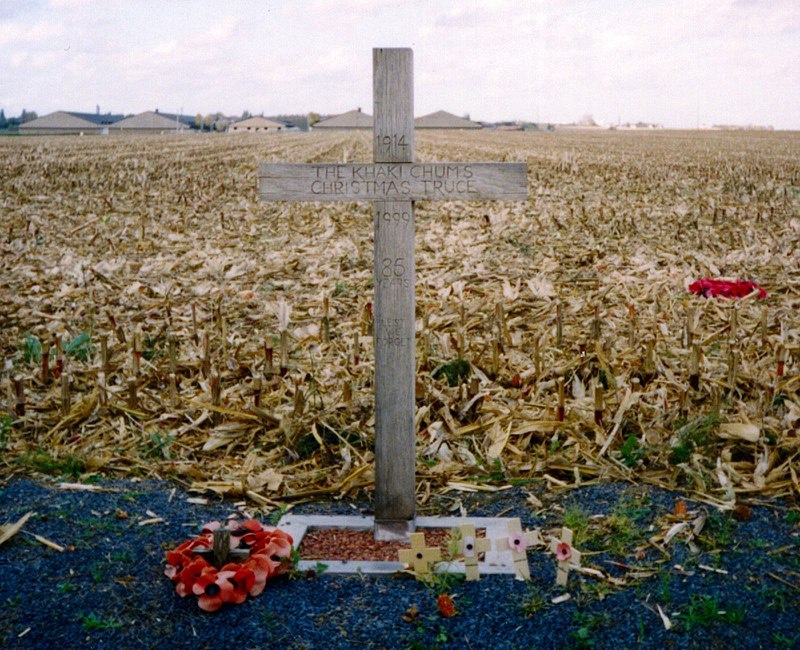
Adolf Hitler, a lance corporal in the 16th Bavarian Reserve Infantry at the time, was an opponent of the armistice.
For a week the armistice was not reported by the world press. Finally the New York Times, published the story in the then-neutral United States.
British newspapers quickly followed suit, printing numerous first-hand accounts from soldiers at the front, taken from letters to their families and editorials describing it as “one of the great surprises of the surprise war”.
By January 8th, photographs from the event had reached the press and the Mirror and Sketch printed front-page pictures of British and German soldiers mingling and singing on the battlefield.
The tone of the reports was overwhelmingly positive, with the Times writing of the “lack of malice” felt by both sides and the Mirror regretting that “the absurdity and tragedy” would begin again.

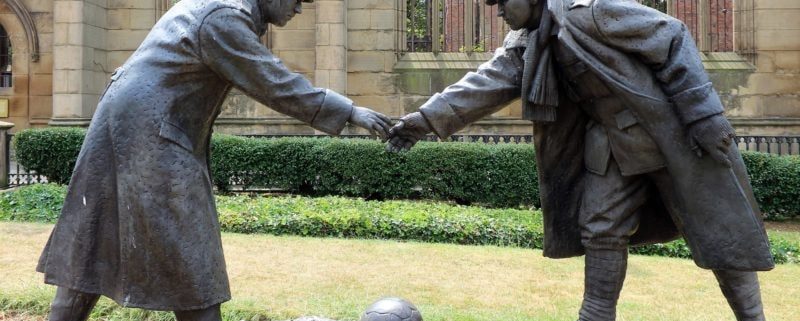

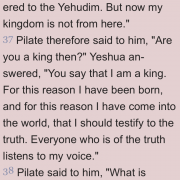
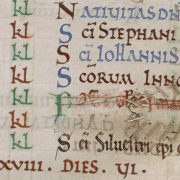 Public Domain
Public Domain 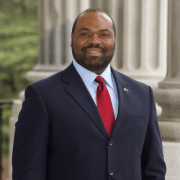


Leave a Reply
Want to join the discussion?Feel free to contribute!